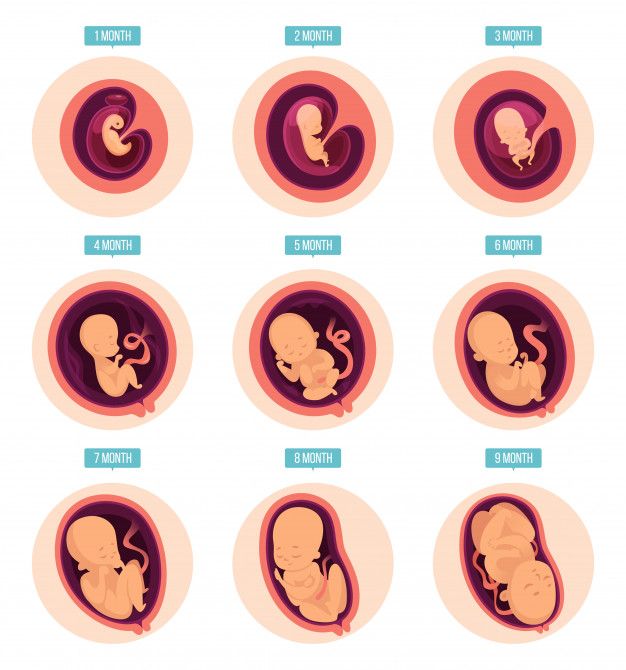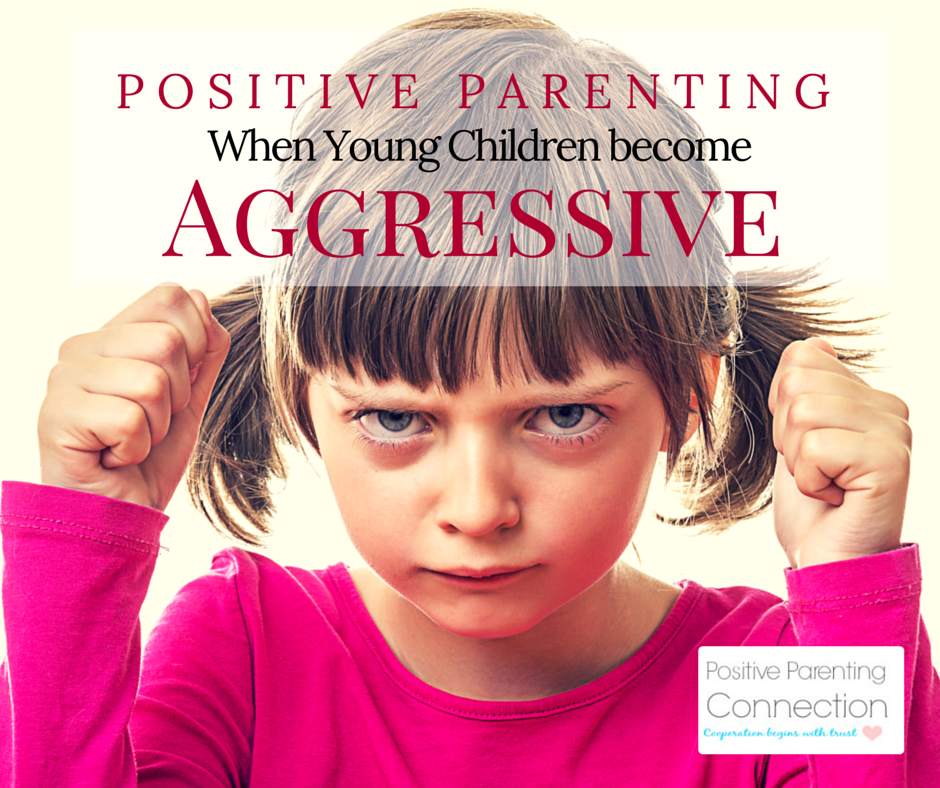How to tell your child their pet died
What to Say When a Pet Dies
Explaining the death of a pet to children
Written by Annie Stuart
When a pet dies, it's common for people to feel as though they've lost a member of the family. For children, this is often their first encounter with death. In an attempt to soften the blow, parents sometimes explain the death of a pet in vague ways or skirt the topic altogether. But experts say this just makes things worse by leaving children anxious and mystified.
Explaining a pet's death to children in a clear, respectful manner can go a long way toward making the journey a little less distressful, and at the same time enhance your connection with your child. Here are some of the most common questions parents ask about what to tell their children when a pet dies.
When a pet dies, what do children think and believe?
Young children aren't developmentally ready to understand death in the same way adults do. As their understanding deepens over time, the lens through which they view death changes too. From ages 3 to 5, children tend to view death as temporary and reversible. They may believe you can bring a pet back to life by taking it to the doctor for a shot. Magical thinking also may prompt your 4-year-old to believe they somehow caused the pet's death when they wished for a playful puppy to replace an elderly dog with bad breath and health problems.
From ages 6 to 8, children usually know death is irreversible but believe it only happens to others. They understand the concept but may not be able to accept that a death is happening to them. From ages 9 to 11, children come to understand that death is inevitable, even for them. However, children in these age ranges may still feel somewhat responsible for the pet's death, thinking their beloved pet may not have died if only they'd taken them for more dog walks or kept the water bowl full.
Of course, each child is unique, says Abigail McNamee, PhD, EdD, chair of the Department of Early Childhood and Childhood Education at City University of New York. McNamee says parents should consider the following questions: "How many experiences has your child had with death? How have you talked with him or her about death? What's been seen on television?" McNamee tells WebMD that all these things will influence your child's ability to understand and accept a pet's death.
McNamee says parents should consider the following questions: "How many experiences has your child had with death? How have you talked with him or her about death? What's been seen on television?" McNamee tells WebMD that all these things will influence your child's ability to understand and accept a pet's death.
Our cat was just run over by a car. What should I tell my children?
When a pet dies, be honest, accurate, and brief, advises McNamee. Parents tend to use euphemisms such as "passed away" or "went to sleep" to describe death. For a young child, words like these may end up creating confusion or even extreme fear about going to bed at night, McNamee says.
"Don't feel as though you have to give them a lot of information," says McNamee. "Tell them what happened, then see what comes from them, such as their feelings and ideas about how to handle the death."
Kimberly A. Cardeccia, MA, LPC, NCC, author of Healing Your Heart When Your Animal Friend is Gone: A Children's Pet Bereavement Workbook, says it is best to tell your children about the death right away. Then allow your children to ask questions. "Recognize that if they ask for details, they're asking for comfort," she says. "Spare them any details that would traumatize them or create a horrible picture in their minds. Make it sound as peaceful as you can."
Then allow your children to ask questions. "Recognize that if they ask for details, they're asking for comfort," she says. "Spare them any details that would traumatize them or create a horrible picture in their minds. Make it sound as peaceful as you can."
When a pet dies, should children be present for euthanasia?
For a child under 5, McNamee advises not going into detail about euthanasia. Instead, when your pet dies in this manner, tell your child the dog was so sick or in so much pain that they died, or that the doctor needed to help them die.
If your child is older than 5, you can describe what euthanasia is and why it is sometimes necessary. Be prepared for blunt questions such as "Isn't that like killing someone?"
McNamee suggests asking a child 7 or older whether they want to be present for euthanasia. You can learn a lot, she says, by simply asking your child. If this is a new experience, describe in advance what to expect.
Cardeccia suggests having the veterinarian explain to your child what the pet's bodily reactions might be during euthanasia to dispel any concerns about the pet being in pain. Another option, she says, is to bring your child into the room right after the pet dies to say goodbye.
Another option, she says, is to bring your child into the room right after the pet dies to say goodbye.
My child doesn't seem to be grieving. What's wrong?
Remember that grief in a child may not look the same as it does in an adult. "A child may not react in as sad a way as an adult might expect," says McNamee. They might go in and out of strong feelings - be intensely sad, then begin to play and act as if it hasn't happened.
Behavior is often the language of young children, so your child may display grief with a change in play. It's also common for a 7- to 9-year-old to ask morbid questions about the death, which are best answered directly and honestly.
Teens may have a different reaction. They may either under react or overreact, often caught in a place somewhere between childhood and adulthood. Your teen may not want to talk but may go off by themselves, says McNamee.
The important thing to know, she says, is that children of all ages grieve over pet loss. They just don't do it in the same way.
They just don't do it in the same way.
When a pet dies, what can I do to help my child?
Both Cardeccia and McNamee emphasize the importance of involving your children in the grieving process by asking them directly what they'd like to do. "Children need a process of saying goodbye," says McNamee, and you can help them do this in a variety of ways. Have them draw pictures of your pet. Share funny stories. Plant a tree in the backyard in honor of the pet. Put the pet's ashes and pictures on the fireplace mantle. These kinds of tangible steps may be more helpful to your child than talking alone.
There are also many children's books that explain the death of a pet to help with the grieving process. But read them first with an eye toward whether they promote misconceptions about death, says McNamee. Some do. Look for books that communicate that others have had a similar experience and feelings, McNamee says, and that it is okay to feel sad or angry. If you're reading these to your child, you can leave out any parts you feel are inappropriate.
In response to requests from parents for a helpful resource, Cardeccia created a workbook to help children grieve. "I wanted to create something that would open lines of communication between the parent and child," she says. She also wanted it to be a place to create a memorial for the pet.
You might ask your children whether they want to have a funeral, and explain to younger children that this is one way to help someone move into death, says McNamee. If you have religious beliefs about death or life after death, you can share these with your child. Be careful with younger children, though, to make sure they're clear about the finality of physical death, McNamee says.
I'm sad, too . . . is it okay to let my child see me grieve?
Cardeccia says it's okay for your child to see you being sad. But remember that there is a difference between crying and sobbing, which can be scary to a child.
McNamee agrees that heavy grieving around a child is overwhelming. To know whether you've gone too far, she says, "Ask yourself, 'Am I focused on my child, or myself?'"
When a pet dies, what should I do if my child has trouble letting go?
Again, remember that your child's grieving process may not look the same as yours. Things may seem fine one day, then a book or television program may trigger an outburst of grief. It's not uncommon for a child to return repeatedly to their sense of loss and grief, says McNamee.
Things may seem fine one day, then a book or television program may trigger an outburst of grief. It's not uncommon for a child to return repeatedly to their sense of loss and grief, says McNamee.
So how will you know if your child needs extra support to resolve their grief? Here are a few signs to look for when your child can't get over the loss of a pet:
- Your child's sadness doesn't come and go but seems constant.
- Sadness lasts longer than a month.
- Your child has trouble in school, can't sleep or has other signs such as stomachaches - problems that didn't occur before the pet's death.
You can help by keeping the conversation as open as possible. Ask, "Are you feeling sad about Buddy's death? Would you like to talk with someone about it - either by yourself or with me?"
It may also help to recount your own childhood experiences with pet death or to allow your child to dramatize the death through play with stuffed animals.
When is it time to get another pet?
Respect the grieving process. Don't jump too quickly into getting another pet. And when you do, make it a family decision.
Don't jump too quickly into getting another pet. And when you do, make it a family decision.
How quickly this occurs, or whether it occurs at all, is unique to each family. As a guideline, McNamee suggests waiting at least six months. For the child who is eager to get another pet right away, you can explain that your family needs to wait a while to allow time to say goodbye to your pet and to make sure everyone is ready to get a new one.
In the meantime, you can help your child anticipate the arrival of a new pet by starting the research process - thinking about the breed of dog you might want, the place to get it, and possible names. At the same time, your child can get more closure about their pet's death by helping to decide whether to keep the old pet's possessions or to buy new ones.
An Age-by-Age Guide to Explaining the Death of a Pet to Children
From goldfish to guinea pigs to every pet in between (yes, including dogs and cats, of course), pets are part of the family. Heck, my first pet, the most wonderful Golden Retriever ever (I am NOT biased!) died 17 years ago and I still miss her!
Heck, my first pet, the most wonderful Golden Retriever ever (I am NOT biased!) died 17 years ago and I still miss her!
More: How Pets Can Impact Kids' Mental Health
The topic of pet loss in families is so common that there was a best-selling adult book about the subject, Marley and Me by John Grogan. Even reality star Kim Kardashian addressed the topic of pet loss in a recent episode of Keeping Up With The Kardashians. Her daughter North's beloved hamster passed away and Kim struggled with ways to tell North the sad news and she vowed to never get her kids another pet. (A common reaction to pet heartbreak, but chances are eventually you'll get another pet once everyone's emotional wounds are on the mend.)
Children often describe their pets as being part of the family, or the companion they turn to during difficult times, says Kristen Arquette, a licensed marriage and family therapist in Bellevue, WA. For many children, their first experience with grief is through the loss of a pet. While informing a sensitive child of a pet's death is especially challenging, learning to cope can help teach kids to process future losses.
While informing a sensitive child of a pet's death is especially challenging, learning to cope can help teach kids to process future losses.
Here are some ways to explain pet loss to your young, sensitive souls, in ways they'll hopefully understand and find comfort in.
Explaining the Death of a Pet to Kids 7 and Under
Prepare them.
Speak with your child as soon as possible and choose a familiar, peaceful place and a quiet time to talk. Pets die for a variety of reasons -- old age, illness, or injuries. "Talk about the possibilities of a terminally ill or older pet dying, and the associated feelings, before the loss occurs," advises Arquette. Reassure children that they can still enjoy the time they have with their pet.
Choose words that are direct, honest, and calm.
According to Arquette, when talking with your kids about what happened, use the words "death" and "dying" rather than phrases such as "went to sleep," or "went away," or "went to heaven.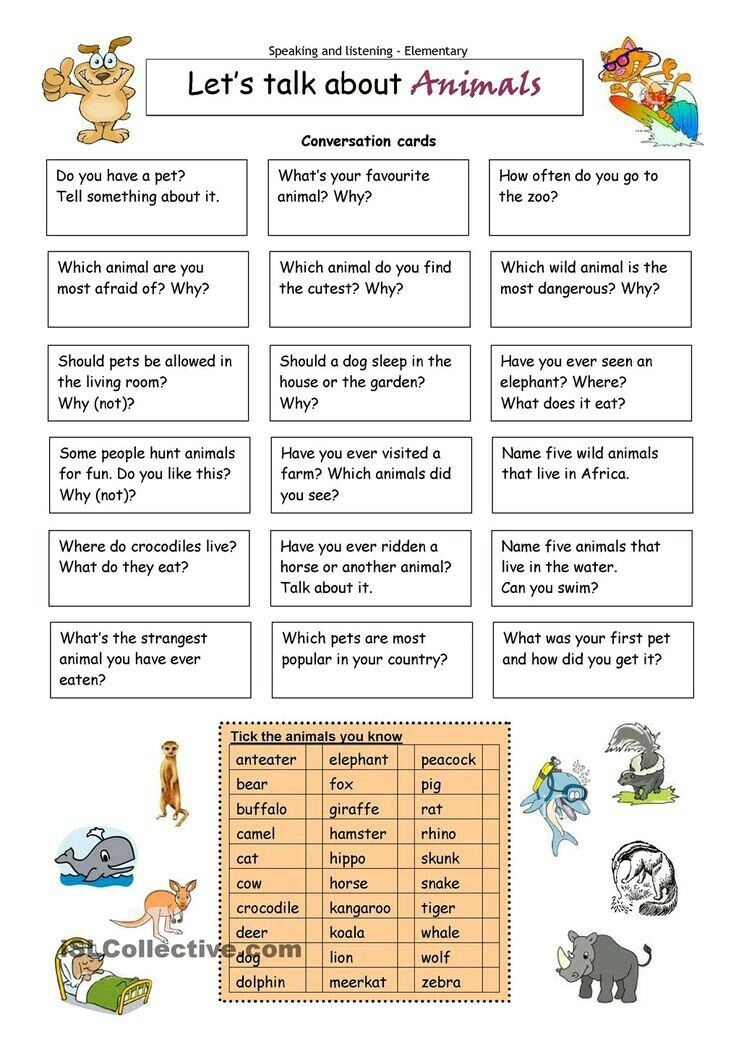 " Make sure your child understands that dying means that the pet's body has stopped working, and the pet will not come back. "Subtleties and euphemisms can cause confusion and anxiety, and lead to misunderstandings and mistrust," says Arquette.
" Make sure your child understands that dying means that the pet's body has stopped working, and the pet will not come back. "Subtleties and euphemisms can cause confusion and anxiety, and lead to misunderstandings and mistrust," says Arquette.
Don't ignore questions they ask.
According to Arquette, it's okay to give the child additional information if they ask. "Questions are a signal that they want to talk about the loss, and are an opportunity to provide comfort. The level of detail provided should correlate to the child's questions."
Remember that every kid will process the news differently.
Note that a child's understanding and ability to cope with death is impacted by their age and developmental level. Most kids under six cannot grasp the permanence of death," explains Arquette. Their behaviors may regress temporarily, or they may see themes of death in play, such as make believe that the pet is still alive or has just died. Adults can join in with this play and encourage it.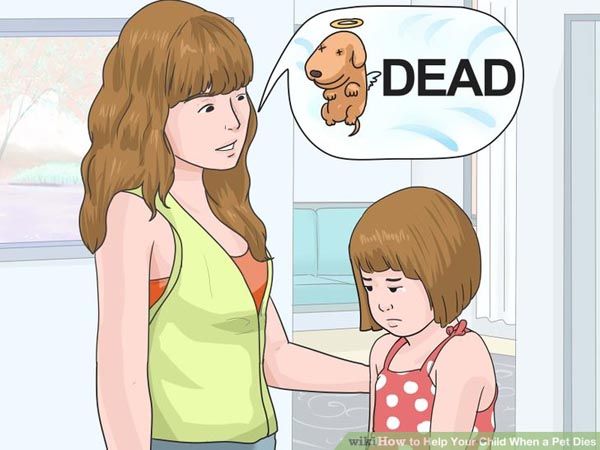 " Young children may need to be told repeatedly that the pet's body stopped working and it died. They may believe that they somehow caused the death, and need to be told that it was not their fault. They may also benefit from reminders that the pet died because it was sick, and that caregivers are healthy and will continue to care for the child.
" Young children may need to be told repeatedly that the pet's body stopped working and it died. They may believe that they somehow caused the death, and need to be told that it was not their fault. They may also benefit from reminders that the pet died because it was sick, and that caregivers are healthy and will continue to care for the child.
Don't lie.
It may seem so easy to just blame the vet, but don't. "I've heard all sorts of stories, many blaming the doctors or saying the pet ran away," advises Judy Morgan, DVM, a New Jersey-based veterinarian. "Never make the veterinarian or doctor out to be bad, as this will scare children away from seeking help for a sick pet or person in the family. Saying the pet ran away leaves the child always looking for the pet, wondering why the pet did not love them enough to stay."
Use a book to explain death.
Adds Dr. Morgan: "There is an awesome book -- Until We Meet Again -- that we give to families when a pet dies, from any means. It is filled with wonderful prose and hand drawn pictures of animals of all types."
It is filled with wonderful prose and hand drawn pictures of animals of all types."
Explaining the Death of a Pet to Kids Over 8
Explain the role of euthanasia.
Older children, especially, are often curious about euthanasia or other details of death. "Explain that the vet will give the pet a shot to put them to sleep and stop their heart from beating," says Arquette. Before euthanasia, explain that the pet wasn't going to get better, and that the family chose a kind way to help the pet die without pain.
Talk with the vet.
"Please be honest with your children, tell them the truth," stresses Dr. Morgan. "Ask if they want to be present when euthanasia is performed and if they want to see or touch the body. Closure is very important for children. Teenagers sometimes struggle the most and it is important to include them in the process."
Remind teens it's OK to cry.
According to Middle Earth NJ, a non-profit agency and online resource guide dedicated to empowering today's youth, teens need their parents to validate their feelings and understand how much they miss their pet. "It's important to let your teen know that grief is an appropriate response and everyone expresses it in different ways (crying, numbness, apathy, staying busy, etc.), all of which are normal."
"It's important to let your teen know that grief is an appropriate response and everyone expresses it in different ways (crying, numbness, apathy, staying busy, etc.), all of which are normal."
At any age:
Remind kids you're sad too.
Validate the child's emotions, and if you're upset too, it's okay to let your child see your feelings so they know they aren't alone in their grief, explains Arquette. Grief ebbs and flows, and it is natural to have all kinds of feelings after someone as special as a pet dies. She recommends talking about what the pet meant to you and how much you miss it, as well as special things the family can do to remember it.
Engage in a goodbye ritual.
"Choosing a good-bye ritual can also be helpful to honor the role the pet had in the family, such as making a scrapbook, holding a memorial service, or scattering the pet's ashes," says Arquette. "Children can be encouraged to share their feelings by talking, writing, or drawing about the fun times they had together and what their pet meant to them. " Allow your child to contribute to the memorial if they want to, advises Arquette, by decorating the grave marker, finding a burial place, or choosing an item such as the pet's favorite toy to bury with it.
" Allow your child to contribute to the memorial if they want to, advises Arquette, by decorating the grave marker, finding a burial place, or choosing an item such as the pet's favorite toy to bury with it.
Share your own animal story.
Says Arquette: "Some children may benefit from reading books about families who have lost pets, or from hearing a parent talk about the special pets they had when they were young, and how they coped with the loss of those pets and eventually felt better."
Getting your kids to talk and open up can be difficult. Here are the top 50 Questions to Ask Your Kids to Get Them Talking.
How to explain to children the death of a beloved cat or dog?
Recently you heard: “Mom, where is my dog? Why doesn't she live with us anymore? Will you leave too and never come back like her?” When a dog dies in the family, children often have a lot of questions and it can be difficult to figure out how to answer them. Explaining the death of a pet to a child is never an easy task.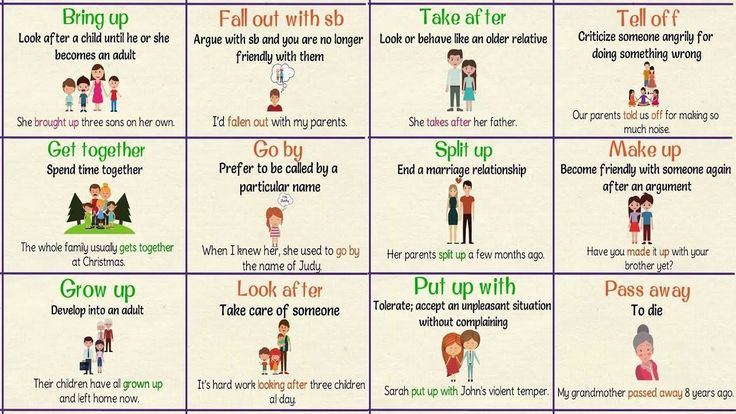 Depending on their age, mourning the loss of a dog (or impending death) can cause extreme confusion, not to mention depression, and children need the help of their parents to deal with the situation. But where to start? What to say? Everyone has their own approach to how to tell the child this news, and this is normal. If you don't know how to explain loss to your kids, these three tips can help.
Depending on their age, mourning the loss of a dog (or impending death) can cause extreme confusion, not to mention depression, and children need the help of their parents to deal with the situation. But where to start? What to say? Everyone has their own approach to how to tell the child this news, and this is normal. If you don't know how to explain loss to your kids, these three tips can help.
1. Be honest.
You may want to soften the news of your dog's death, especially if your children are young. You might find it much easier to turn the truth around and tell them that their beloved pet should take care of another family in need, or that he followed his dream and set off to explore the wild jungles of Australia, but stories like this aren't always the best way out. . Although some people claim that children are smarter than they seem, the truth is that they understand a lot more intuitively, and not intellectually, as adults believe.
You know better how much truth you should tell your children, but being direct will help your child understand the situation and begin to understand their feelings.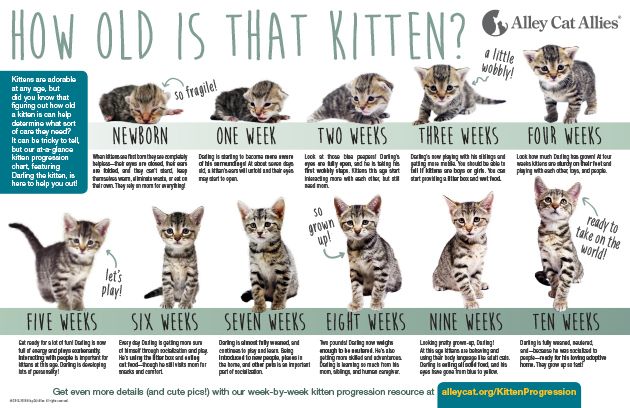 After all, death is an important part of life. Your children will experience this sooner or later, both as children and as adults, and although death is never an easy experience, learning about it in a safe environment will help them cope with future losses.
After all, death is an important part of life. Your children will experience this sooner or later, both as children and as adults, and although death is never an easy experience, learning about it in a safe environment will help them cope with future losses.
Remember that honesty does not necessarily mean that you have to give all the details. Choose the wording that is most comfortable for you, be sure to use the word with an "s" (as in the word "death"), but skip any gory details. If you're a religious person or need a way to soften the blow, you can mention that she's gone to dog heaven, but it's better to explain what that means in terms of your dog's life. Don't mislead a child by telling him that his beloved dog is somewhere else, wandering the world, as he will only get worse when he realizes the truth.
If your pet is still alive, talk to the children about his illness or injury before he dies. Explaining the death of a pet to a child is much easier if your son or daughter knows it's inevitable and isn't surprised by the news. However, sometimes accidents happen and some dogs die in their sleep. In this case, be patient when answering endless questions about whether your furry friend will return and choose your words carefully.
However, sometimes accidents happen and some dogs die in their sleep. In this case, be patient when answering endless questions about whether your furry friend will return and choose your words carefully.
2. Acknowledge your children's feelings.
When explaining the death of a pet to a child, be prepared for a wide range of emotions. Your children may burst into tears, become hysterical, or even simply ignore your announcement. All these feelings and actions are a way of digesting the news. Young children are still learning to recognize their emotions, so they often turn to their parents to understand exactly how they feel. Mourning the death of a dog is hard work, so acknowledge their emotions whether or not you feel the same way. According to the Kübler-Ross model of grief, people go through five stages: denial, anger, bargaining, depression, and acceptance. To best help your children cope with loss, try to understand what stage they are currently in, and remember that different children may be at different stages or progress to the next stage at different rates.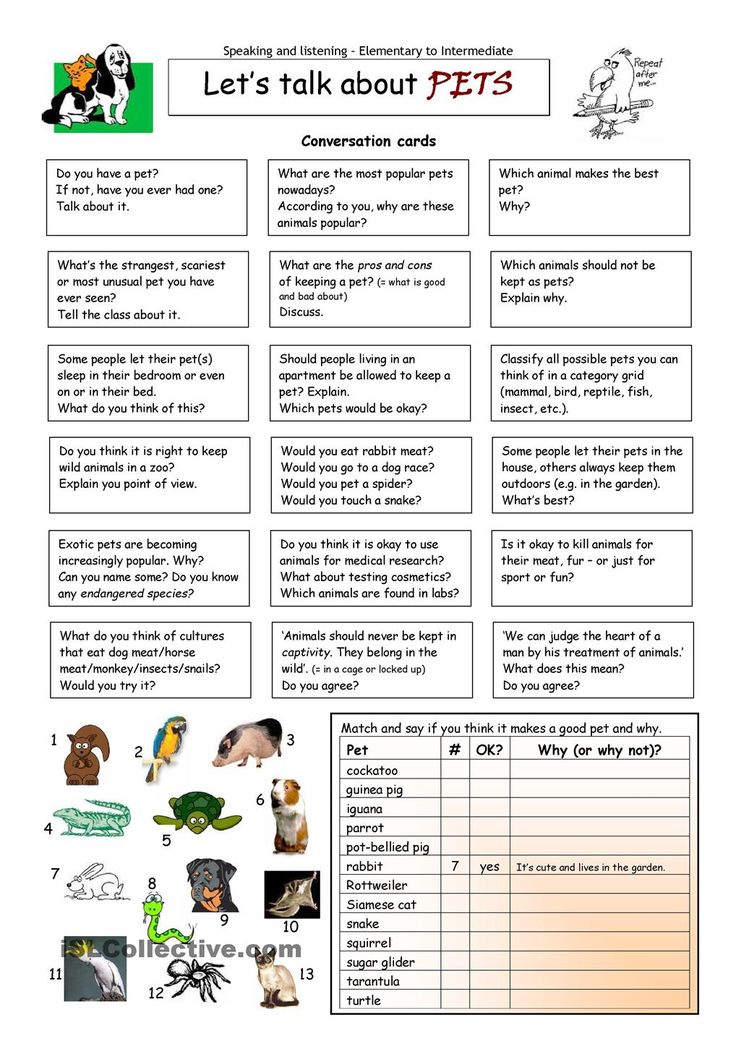
During the denial stage, gently remind your children that your dog is no longer alive. Be patient if they get angry. Explain to your children that there is nothing they can do to make a difference if they are in the bargaining stage. Try to encourage them if they feel sad, depressed, and alone, and always keep the memory of your pet, even after the acceptance stage.
And one more note: your emotions do not always coincide with the emotions of children. They can get it done faster than you expected and much faster than you can. This is fine. Just watch them for a while to make sure they don't keep their emotions to themselves. Conversely, your children may be discouraged much longer than necessary. Don't rush things. If you're worried about their emotional state, talk to a counselor about how to help them deal with their feelings and overcome their loss.
Additional note - it's okay if you go through these emotions too. This dog was your pet, so it's natural to feel the hole in your heart that was left when he left. Coping with loss is as important to you as it is to your children. They will rely on you, so you need to gather strength for them to help them get through this difficult time, but you should not keep your emotions in yourself either. Children are very persistent; you may even find that you are leaning on them in an attempt to get through this grief more than they are leaning on you.
Coping with loss is as important to you as it is to your children. They will rely on you, so you need to gather strength for them to help them get through this difficult time, but you should not keep your emotions in yourself either. Children are very persistent; you may even find that you are leaning on them in an attempt to get through this grief more than they are leaning on you.
3. Have a farewell ceremony with your pet.
Now that you've explained the death of a pet to your child, you may be wondering how your family can let go of the situation and move on after this unfortunate event. Your dog has been the most beloved and it will be hard to go about your daily life without his fun activities in your home. However, children will look to you as an example of how to live without a dog.
One of the best ways to help children mourn the loss of a dog is to invite them to hold a farewell ceremony for your pet. To do this, you can share stories about happy moments or funny things that happened to your close-knit family. Think of it like a memorial service. Invite your grandparents, family friends, or even the neighborhood dogs. Let your children take part in the planning. They can read a poem or make a collage with photos of the pet.
Think of it like a memorial service. Invite your grandparents, family friends, or even the neighborhood dogs. Let your children take part in the planning. They can read a poem or make a collage with photos of the pet.
You can even make a memorial album with your children about your dog's life. Start with photos from the very first day she entered your home as a puppy, and don't forget to include photos of you playing and fun facts about your pet. For example, an older child might write about how their dog enjoyed riding down the slide in the backyard. The younger one can draw a family portrait to add to the album. Thanks to this, you and your children will always have something tangible as a memory of a four-legged friend.
Another option is to donate your dog's belongings, such as leftover unopened treats or food, medicines or toys, to your veterinary clinic or local animal shelter. Your pet would love to know that their items help take care of other animals or make them happy. In addition, your children will be able to cope with grief by helping others. They will see with their own eyes the joy they bring to the life of another animal, and this can help them move on.
In addition, your children will be able to cope with grief by helping others. They will see with their own eyes the joy they bring to the life of another animal, and this can help them move on.
If you are still nervous about explaining the death of a pet to a child, ask your veterinarian for help. He has spoken to families many times about illness, injury, and sadly death, so he can give you sage advice on how to discuss loss with your children. Remember that this will take some time. Never try to brush off your emotions as this can only make the situation worse. Don't jump right into getting another dog if you don't feel really ready - even if your kids beg for it. Until you truly deal with your feelings, the other dog won't be able to get all the love it deserves.
Contributor Bio
Erin Ollila
Erin Ollila is a pet lover who believes in the power of words and that her ideas can not only inform but change her target audience. Her articles can be found all over the internet and in print. Follow her on Twitter @ReinventingErin or find out more at http://erinollila.com.
Follow her on Twitter @ReinventingErin or find out more at http://erinollila.com.
Do not hide your grief: how to tell a child about death? | HEALTH:Medicine | HEALTH
Pets have a special place in children's lives because they love children unselfishly. Dogs, hamsters and cats don't care what grades their little owner gets, whether he washes his hands before dinner or fights at school. Animals do not hesitate to show their disposition, and many parents believe that the older the child, the less he needs affection and praise.
And children respond to animals in return, they artlessly give them their love and affection. By owning and caring for a pet, the child feels important, which helps him to increase self-esteem and feel more confident.
From the height of his years
A child's understanding of death changes depending on age.
Up to 2 years all the needs of the baby are met by the parents, only the absence of a parent can lead to anxiety and fear. A child of this age will not even notice the disappearance of an animal.
A child of this age will not even notice the disappearance of an animal.
From 2 to 7 years old the child's thinking is magical in nature (any events are considered as a result of the fulfillment of the child's desires). This age is also characterized by the animation of objects and phenomena of the real world. If the animal disappeared or died, the child may think that this is his fault, because he could have wished for it.
Children under 5 mostly miss dead animals as playmates.
From 6 to 10 years old children develop concrete thinking. The magical perception of reality is still partly preserved, but children are already using their abilities to explore reality. At this age, many children personify death as a "special person", "an old woman with a scythe"...
It is often believed that death is a punishment for bad deeds. And although they already understand that there is a distinct difference between life and death, they may develop fantasies that death can be avoided.
At this age, children often do not express the depth of their grief verbally, so parents should be alert to unusual behavior. It can appear even weeks after the loss. At this age, the death of a pet can cause increased anxiety and concern that the child may be abandoned by the parents, either due to their death or for other reasons, such as divorce. You can often learn about the true experiences of children from their games, drawings, stories.
In general, children react to death in the same way as adults: with disbelief and denial at the beginning, and then with crying, confusion, anger, guilt, depression and attempts to explain what happened. For children in this situation, fears of being abandoned, nightmares, insomnia, anger and aggression towards relatives and friends are typical. Due to increased anxiety, there may be problems with learning.
Adolescents share the adults' view of death as an inevitable process that ends life.
The ability for abstract thinking allows them to accept the thought of their own death.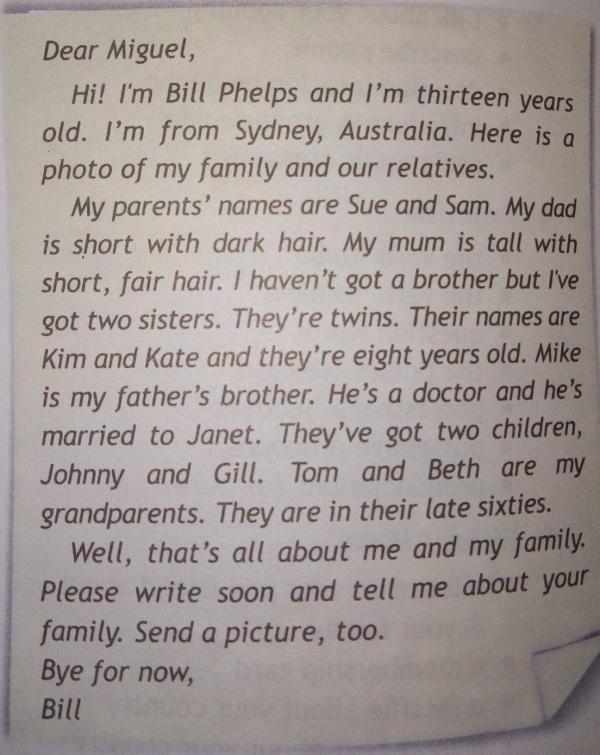 At the same time, in order to overcome the anxiety caused by these thoughts, they use the denial of such a possibility. Adults should try to alleviate this anxiety. Faced with the thought of his own death, a teenager realizes that not all of his life plans will be realized, and this realization can lead to serious stress. Teenagers treat death either as a philosophical problem or as a possibility that requires them to beware of risk factors. But some adolescents still retain a childish notion of the reversibility of death. Suicide to a teenager is a retribution, but at the same time a reversible phenomenon. He thinks that he can watch and rejoice in the sadness of his parents, who will be tormented that he was treated badly.
At the same time, in order to overcome the anxiety caused by these thoughts, they use the denial of such a possibility. Adults should try to alleviate this anxiety. Faced with the thought of his own death, a teenager realizes that not all of his life plans will be realized, and this realization can lead to serious stress. Teenagers treat death either as a philosophical problem or as a possibility that requires them to beware of risk factors. But some adolescents still retain a childish notion of the reversibility of death. Suicide to a teenager is a retribution, but at the same time a reversible phenomenon. He thinks that he can watch and rejoice in the sadness of his parents, who will be tormented that he was treated badly.
How to explain the loss?
Children often ask about the cause of an animal's death, their responsibility for its death, and wonder if they will see their pet again. Experts advise answering these questions honestly and directly, in a language understandable to children.
When giving explanations, you must be sure of them. It is important at this time to encourage questions and, with sincere sympathy, to answer directly.
Psychologists warn that some explanations can exacerbate existing psychological problems. For example, the news that a pet has run away for good can activate thoughts of rejection and abandonment in a child. And the explanation that the animal fell asleep can cause various sleep disorders. Saying that your pet didn't like it here and left can provoke feelings of guilt and lower self-esteem. Reporting that a pet fell ill and died, without explaining that not all patients necessarily die, can cause a strong fear of getting sick, and any illness will be regarded as fatal.
For children under 5, support is more important than explanations. And from the age of six, the child should be truthfully told that the pet has died, and about the circumstances of his death. However, you should not give painful details - it can cause nightmares!
Do not hide grief
Many adults try to hide their feelings as much as possible and demand the same from children. However, you should not suppress your feelings, and even more so the feelings of your child, because this is a direct path to the development of neuroses. Allow your child to openly show his feelings, even if their manifestations seem stupid and illogical to you. Children should be encouraged to openly express anger, disappointment, grief… It is very important that the child understands that sadness and sadness are normal human feelings. Parents, by openly showing their feelings, will help the child realize that grief is a natural response to loss.
However, you should not suppress your feelings, and even more so the feelings of your child, because this is a direct path to the development of neuroses. Allow your child to openly show his feelings, even if their manifestations seem stupid and illogical to you. Children should be encouraged to openly express anger, disappointment, grief… It is very important that the child understands that sadness and sadness are normal human feelings. Parents, by openly showing their feelings, will help the child realize that grief is a natural response to loss.
In the event of a pet's death, do not try to devalue the situation with statements like: "It's just an animal, we'll get another one." Children can draw paradoxical conclusions. For example, one 10-year-old girl believed that her parents would not grieve if she died as suddenly as her dog, because her parents were not sad at all after the death of the animal.
Sometimes parents are in a hurry to get a new animal, trying to distract the baby from unpleasant feelings.
